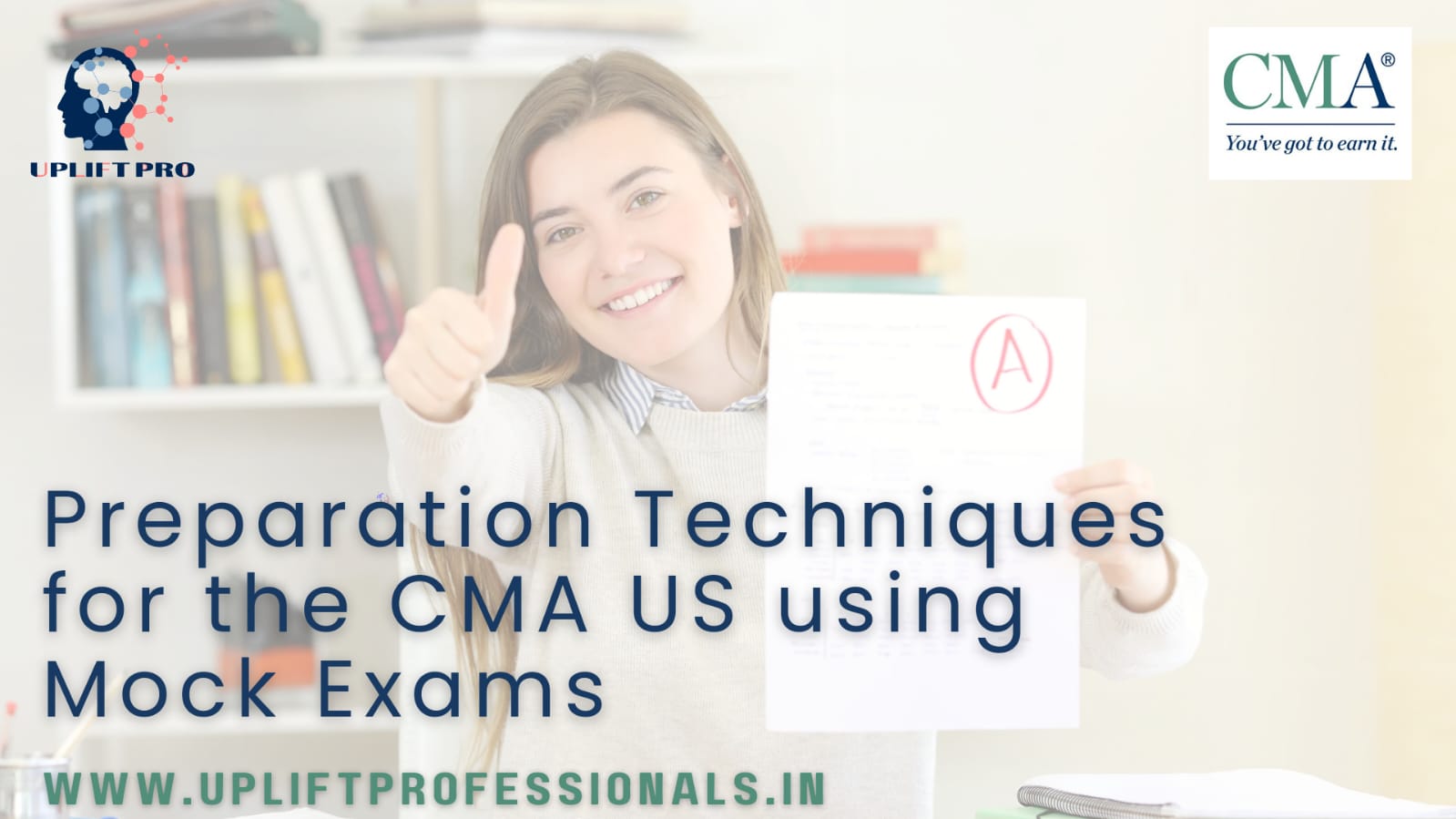Preparing for the CMA (Certified Management Accountant) US exam can be challenging, but utilizing CMA question papers effectively can significantly enhance your chances of success. This article will explore how mock CMA question papers can be a crucial tool in your exam preparation strategy, providing tips and techniques to maximize their benefits.
1. Understanding the CMA US Exam Structure
Before diving into the use of CMA question papers, it’s essential to understand the structure of the CMA exam. The CMA US exam is divided into two parts:
- Part 1: Financial Planning, Performance, and Analytics
- Part 2: Strategic Financial Management
Each part comprises multiple-choice questions (MCQs) and essay questions. A thorough grasp of the exam structure will help you tailor your practice sessions using moc question papers effectively.
2. Why Use Mock CMA Question Papers?
Mock CMA question papers are a simulation of the actual exam. They serve as a critical resource for several reasons:
- Familiarity with Exam Format: Practicing with mock papers allows you to become familiar with the exam format, question types, and the time constraints you’ll face during the actual test.
- Identifying Knowledge Gaps: Working through mock papers helps identify areas where your knowledge is lacking, allowing you to focus your study efforts more efficiently.
- Time Management Practice: The CMA exam is time-intensive. Regular practice with mock question papers helps you improve your time management skills, ensuring you can complete all questions within the allotted time.
- Reducing Exam Anxiety: Familiarity with the exam format through repeated practice can help reduce anxiety, making you more confident on exam day.
3. How to Use Mock CMA Question Papers Effectively
To maximize the benefits of practicing with mock CMA question papers, follow these strategies:
- Simulate Exam Conditions: Try to recreate the exam environment as closely as possible when practicing with mock papers. Set a timer, eliminate distractions, and attempt the entire paper in one sitting. This will help you get accustomed to the exam’s pressure and improve your stamina.
- Review and Analyze Your Performance: After completing a mock exam, thoroughly review your answers. Identify mistakes and understand why you made them. This analysis is crucial for improving your understanding and preventing similar errors in the future.
- Focus on Weak Areas: Use the insights gained from reviewing your mock papers to focus your study sessions on weaker areas. This targeted approach will help you strengthen specific topics where you need improvement.
- Track Your Progress: Keep a record of your scores and performance in each mock exam. Tracking your progress over time will help you gauge your readiness and identify trends in your performance.
- Use Multiple Sources: Don’t rely on a single set of mock papers. Use a variety of CMA question papers from different sources to expose yourself to a broad range of questions and scenarios.
4. Incorporating Mock Exams into Your Study Plan
To integrate mock CMA question papers effectively into your study plan:
- Start Early: Begin using mock papers early in your preparation. This allows ample time for repeated practice and continuous improvement.
- Set a Schedule: Allocate specific times in your study plan for taking mock exams. Consistent practice is key to retaining knowledge and improving performance.
- Mix with Other Study Methods: While mock exams are essential, they should be part of a broader study strategy that includes reading textbooks, attending review courses, and engaging in group studies.
5. Leveraging Online Resources
Many online platforms offer a wide range of CMA question papers that you can use for practice. Some of these resources provide detailed explanations and performance analytics, which can be invaluable for your preparation.
Final Thoughts
The road to passing the CMA US exam is demanding, but with the right approach, success is within reach. Using CMA question papers as a core part of your study plan can help you gain the confidence and skills needed to excel. Remember, consistent practice, careful review, and targeted improvements are key to transforming your efforts into exam-day success.
Incorporate these strategies, and you’ll be well on your way to becoming a Certified Management Accountant.
Additionally, we invite you to explore our other blogs covering various topics related to the CMA:
Which Part of the CMA US Exam Should You Select First? -A Brief Discussion
Re-Attempting for CMA US – How to Build Strategy and Combat Mental Pressure?
The CMA US Exam: How it is Graded?
Why Should You Pursue CMA US Simultaneously with Your B.Com Course?
How CMA US Can Uplift Your Accounting Career?
Navigating the Eligibility Criteria for the CMA US Exam: What You Need to Know
The Ultimate Guide to Certified Management Accountant (CMA US) Registration: Steps and Tips
Balancing Work, Life and US CMA Exam Preparation: Practical Advice
The Future of Management Accounting: How the US CMA Credential is Evolving
Women in Management Accounting: Breaking the Glass Ceiling with US CMA
